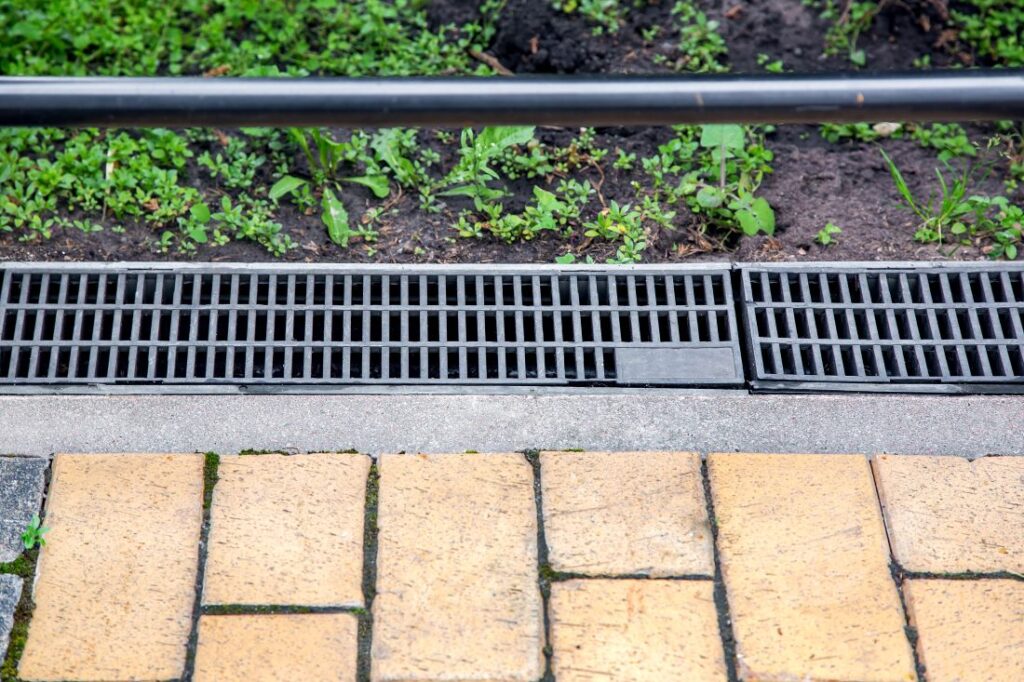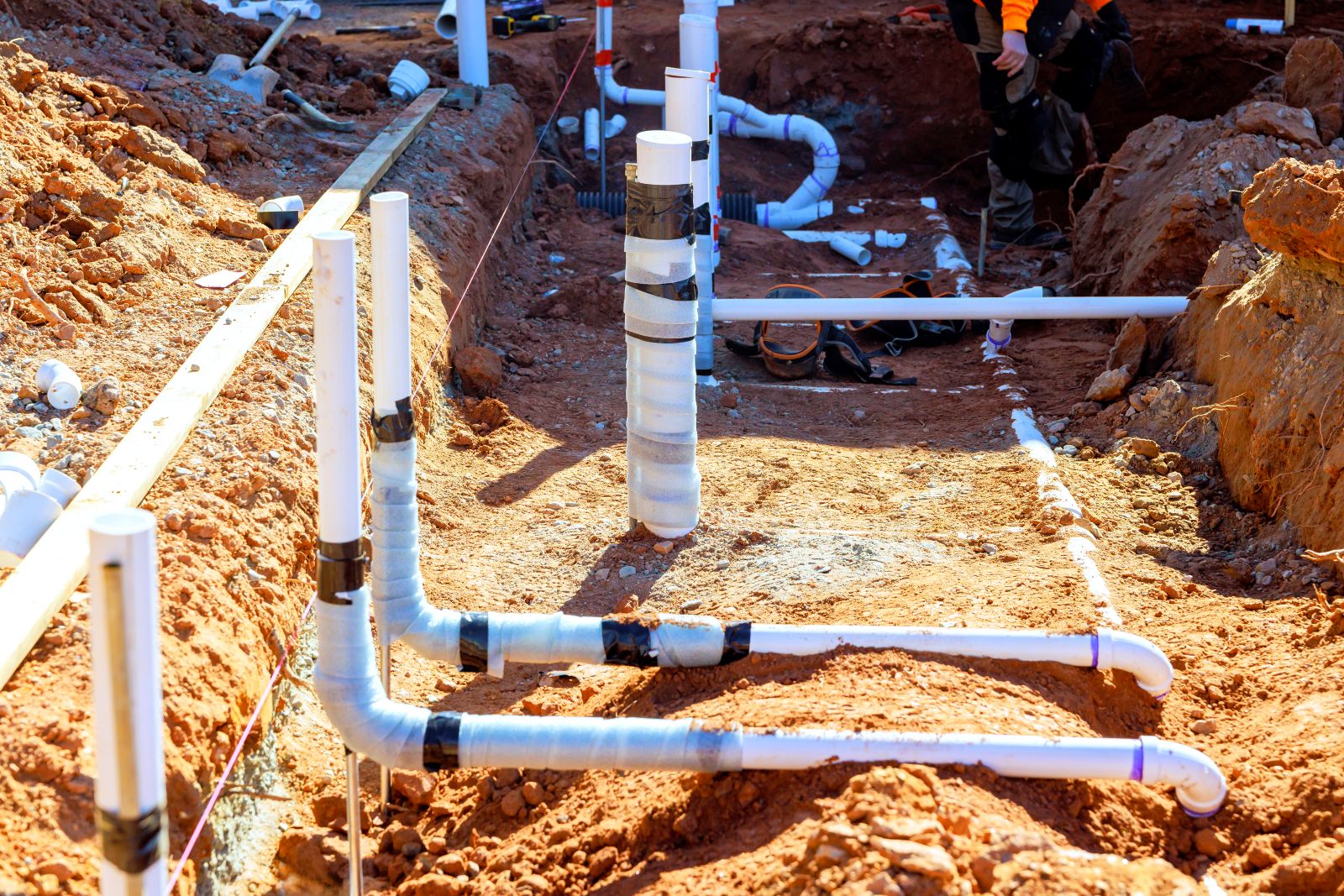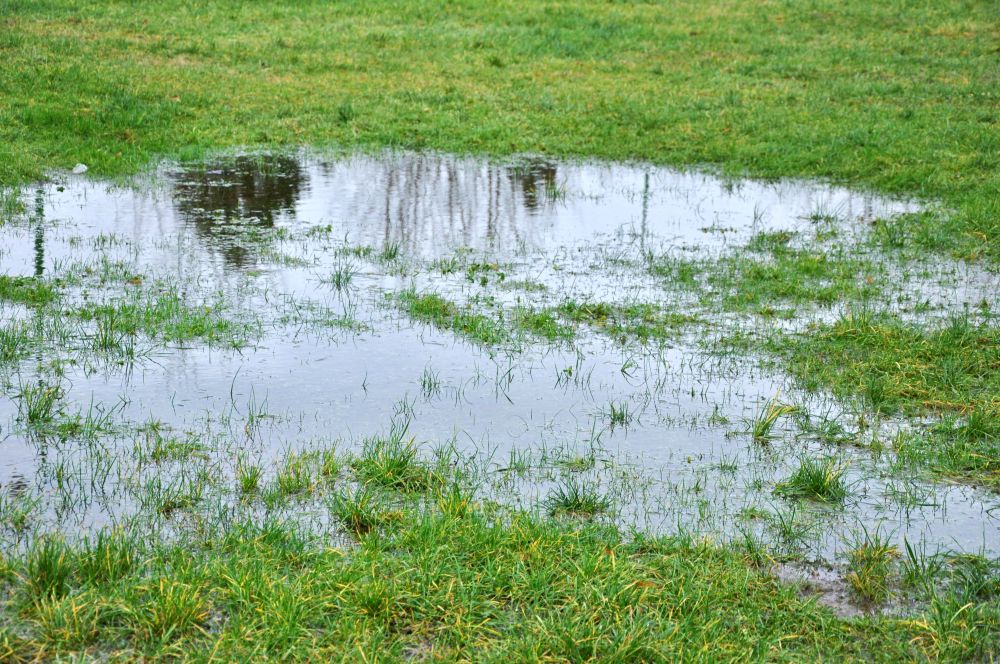Christchurch’s unique geography, with its low-lying plains, coastal proximity, and history of seismic activity, makes drainage infrastructure a critical part of the city’s environmental resilience. When drainage systems fail or are poorly maintained, the consequences go far beyond flooded driveways and soggy lawns, they can have serious and lasting environmental effects.
From polluted waterways to damaged habitats, poor drainage contributes to problems that affect not only local ecosystems but also the health and sustainability of the entire community.
In this article, we explore how inadequate drainage impacts the environment in Christchurch, what causes these issues, and how sustainable solutions can help protect the city’s natural balance.
Understanding Drainage Systems in Christchurch
How Drainage Works Beneath the City
Christchurch’s drainage system is an intricate network of pipes, stormwater drains, retention basins, and natural waterways designed to collect and channel excess rainwater safely away from homes and roads. The system also connects to treatment facilities that manage wastewater before it’s released back into the environment.
When these systems are well-designed and properly maintained, they prevent flooding, protect infrastructure, and keep local water sources clean.
The Importance of Proper Drainage Infrastructure
Effective drainage plays a key role in preventing contamination of rivers and coastal zones, especially in a city that relies heavily on its water quality for both human use and environmental health. Poor drainage can lead to stormwater runoff, water that flows across hard surfaces and picks up pollutants such as oil, sediment, and chemicals before entering waterways.
Christchurch’s Unique Geographic and Climatic Challenges
Situated on a flat plain between the Waimakariri River and the Pacific Ocean, Christchurch faces natural drainage challenges. The city’s sandy soils, frequent rainfall, and historical subsidence after the earthquakes have made effective drainage even more important. Any inefficiency or blockage in the system can quickly escalate into widespread flooding and environmental degradation.
The Causes of Poor Drainage Across Christchurch
Outdated or Damaged Drainage Systems
Much of Christchurch’s infrastructure was designed decades ago, and while significant upgrades have occurred since the earthquakes, some areas still rely on aged or damaged drainage networks. Cracked pipes, misaligned joints, and broken connections allow wastewater and stormwater to mix, leading to contamination of nearby soil and waterways.
Blockages from Sediment, Debris, and Tree Roots
Sediment, leaves, and rubbish frequently clog drains, reducing their ability to move water efficiently. In residential areas, tree roots can grow into underground pipes, causing cracks and blockages. These seemingly small issues can have large environmental consequences when stormwater is forced to overflow into streets and streams.
The Effects of Urban Development and Impervious Surfaces
Urban growth in Christchurch has created more impervious surfaces such as driveways, roads, and concrete car parks. These surfaces prevent rainwater from soaking into the ground naturally. Instead, runoff flows directly into storm drains, carrying pollutants and increasing pressure on drainage systems that were not designed for such rapid flow volumes.
Inadequate Maintenance and Inspection Practices
Routine maintenance is often overlooked until a problem becomes visible. Without regular inspections, small drainage issues can compound over time, leading to large-scale failures that are expensive to repair and environmentally damaging.
How Poor Drainage Affects the Environment
Contamination of Waterways and Groundwater
One of the most serious impacts of poor drainage is water contamination. When stormwater and wastewater systems overflow or mix, contaminants such as bacteria, oils, and heavy metals are flushed directly into Christchurch’s rivers, including the Avon, Heathcote, and Styx Rivers, as well as into groundwater sources. This pollution harms aquatic life and reduces water quality for human use.
Increased Flooding and Soil Erosion
Blocked or poorly designed drains contribute to localised flooding, particularly during heavy rain events. Floodwaters can erode soil, wash away nutrients, and deposit silt into waterways. Over time, this erosion alters natural landscapes and damages riparian zones that act as crucial buffers for biodiversity.
Damage to Local Ecosystems and Wildlife Habitats
Christchurch’s wetlands, such as Travis Wetland and the Styx River catchment, are vital ecological areas that support birdlife, aquatic species, and native plants. Poor drainage can disrupt these ecosystems by introducing pollutants and altering water flow patterns. Excess nutrient runoff from urban areas can also trigger algal blooms, which suffocate aquatic organisms and deplete oxygen levels in the water.
The Spread of Pollutants and Sewage Overflow
When stormwater systems are overloaded, untreated sewage can spill into waterways and the surrounding environment. This not only damages ecosystems but also poses significant health risks to humans, especially where recreational use of rivers and beaches is common.

The Broader Impact on Christchurch Communities
How Poor Drainage Affects Public Health
Contaminated stormwater and sewage leaks can introduce pathogens such as E. coli into waterways, increasing the risk of waterborne diseases. Flooding can also create breeding grounds for mosquitoes and mould growth in homes, leading to respiratory and allergic health problems.
Economic Costs of Environmental Damage
Flooding and contamination come with steep financial costs. Homeowners face property damage and insurance claims, while the city must allocate funds for emergency response, infrastructure repair, and environmental remediation. In the long term, poor drainage can reduce property values and deter investment in affected areas.
The Long-Term Risks to Infrastructure and Property
Water damage weakens building foundations, road surfaces, and underground utilities. Persistent drainage issues accelerate deterioration, resulting in higher maintenance costs for both residents and the council.
Sustainable Solutions to Christchurch’s Drainage Issues
The Role of Professional Drainlayers in Environmental Protection
Licensed drainlayers play a crucial role in maintaining environmental standards. They ensure that all installations meet New Zealand Building Code and Christchurch City Council regulations, preventing cross-contamination and improving water management efficiency.
Implementing Sustainable Urban Drainage Systems (SUDS)
Sustainable Urban Drainage Systems (SUDS) are designed to mimic natural water processes. Features like retention ponds, infiltration basins, and soakage pits slow down runoff and allow water to filter into the soil. These systems reduce flooding risk and improve water quality by removing pollutants naturally.
Green Infrastructure: Permeable Surfaces, Rain Gardens, and Swales
Incorporating green infrastructure into urban design is another key solution. Permeable pavements allow rainwater to seep through rather than run off. Rain gardens and vegetated swales help capture and filter stormwater while adding greenery to urban landscapes.
The Importance of Regular Maintenance and Community Awareness
Even the best systems fail without ongoing care. Homeowners, businesses, and councils all share responsibility for maintaining drains, clearing gutters, and ensuring that only clean water enters the stormwater network. Community education about what not to flush or dump into drains is equally important.
Local Regulations and Environmental Responsibility
Christchurch City Council’s Drainage and Stormwater Standards
The Christchurch City Council has clear guidelines around drainage, stormwater management, and sediment control. These standards are designed to minimise pollution, manage flood risk, and protect sensitive ecological areas.
How Compliance Protects the Environment
By ensuring that all new developments and repairs comply with these regulations, drainlayers and contractors help reduce environmental harm. Properly approved drainage work prevents illegal discharges and maintains the integrity of Christchurch’s water systems.
The Importance of Licensed Drainlayers and Council Approvals
Hiring a certified drainlayer ensures that installations meet required environmental and safety standards. Licensed professionals understand the city’s infrastructure requirements and play a direct role in reducing pollution risks.
Building a Resilient and Environmentally Friendly Christchurch
Investing in Future-Proof Drainage Infrastructure
To prepare for future climate challenges, Christchurch must continue investing in resilient, adaptable drainage solutions. Upgrading old systems and integrating smart monitoring technologies will improve response to heavy rainfall and flooding events.
Encouraging Eco-Friendly Design in New Developments
Developers and homeowners can contribute by incorporating sustainable drainage solutions, like permeable driveways and rainwater harvesting, into new builds. These small design choices collectively make a big difference to the city’s environmental footprint.
Community Involvement in Reducing Environmental Impact
Finally, the community plays a pivotal role. Simple actions such as keeping drains clear, avoiding chemical runoff, and reporting blockages help maintain healthy drainage systems. Together, these efforts support a cleaner, safer, and more sustainable Christchurch.
Towards a Healthier, More Resilient City
Poor drainage isn’t just an inconvenience; it’s an environmental hazard that threatens Christchurch’s natural ecosystems, public health, and infrastructure. By prioritising professional drainlaying practices, sustainable design, and community awareness, Christchurch can continue to build a city that works with nature, not against it.


